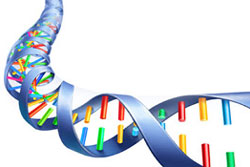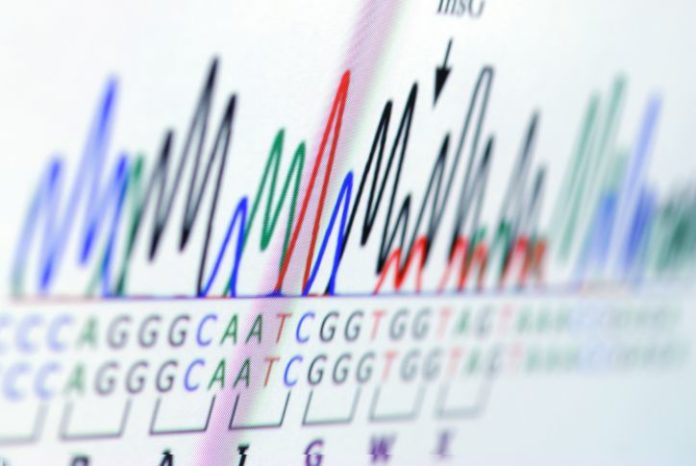An amniocentesis is an investigation that pregnant women can do as part of genetic screening to check for abnormalities in a foetus’ DNA. This way, if the baby is discovered to have a severe disability, parents can choose whether they would like to continue or terminate the pregnancy. Sarah found this investigation not only tested her baby’s DNA but also her strength to stand for what she believes in.
The choice
Sarah says that she and her husband made the decision to test their baby’s DNA together.
“My husband and I just felt we would not want to have a child who would be severely disabled, so we had the amnio,” Sarah says.
“If there is something wrong or there is a detection of abnormal chromosomes, then we have up to 20 weeks to get a termination.
“Beyond 20 weeks, if you choose to terminate you need approval from the hospital ethical board.”
Sarah got the test and was told that her baby was a little girl. However, Sarah and her husband still have to wait for the results of the test.
She says that while knowing the sex of the baby is exciting, the feelings are conflicting because they are still not 100% sure that they could keep the baby.
She says it is true that this may make the process more difficult because while they are waiting for the results, her baby grows inside her. This means she may emotionally attach, making it harder to make a choice if there is a detection of a disability.
“I empathise with all women who are in this position and wrestling with all their hormones and emotions while trying to think rationally,” she says.
The first thing Sarah recommends for anyone considering this test is to make sure the doctor performing it is very experienced and confident. There is about a 1% chance of miscarriage.
An amniocentesis is done when the woman is around 15 weeks pregnant. It can check for chromosomal abnormalities (including Down syndrome and Edwards syndrome), neural tube defects (such as spina bifida) and other genetic diseases for couples who are at high risk (e.g. cystic fibrosis).
“You lie down and the doctor will cover your belly in antiseptic – it’s dark brown – so don’t wear white undies that day!
“The doctor will then insert a fine long needle into the amniotic sac to take a sample of the amniotic fluid.
“This fluid has some of the baby’s cells in it so the doctor can grow them in the laboratory and examine the appearance and length of each chromosome.
“Some women say it’s painful but I didn’t find it painful at all. It felt just like having blood taken.”
After the test, the next step is waiting, usually up to two weeks, for the results to come back. Sarah says this is the most nerve-wracking part.
 The Waiting City
The Waiting City
After the test, Sarah explains that women then have a weak spot in their uterus.
“So you must take at least the rest of the day to rest in bed in order to reduce the risk of infection, bleeding, cramping or anything going wrong. Also take exercise easily and don’t have sex for a few days.”
Sarah also says the test has limitations and normal results do not guarantee there will be nothing wrong. Mosaicism, where some but not all of the baby’s cells have a chromosomal abnormality, is one example of this.
Despite all of this, Sarah and her husband remain confident in their choice and believe the risks and potential heartache of this procedure are worth it.
Unfortunately, not all her friends and family felt the same.
The test that launched a thousand quotes
Sarah says she got a “mixed bag of responses” regarding this decision. Some people believe it is wrong to terminate for any reason, be it on moral or religious grounds, and other people have told Sarah that she does not have the “right to play God”.
Luckily for women, they have every right to do this test and do not need to defend their actions in this regard. So if it is your choice to receive an amniocentesis then you don’t need to justify it.
This is why, for the moment, Sarah has decided to keep her pregnancy news to herself until both her and her husband know what they feel is the right choice for them.




 (3 votes, average: 3.67 out of 5)
(3 votes, average: 3.67 out of 5) 






